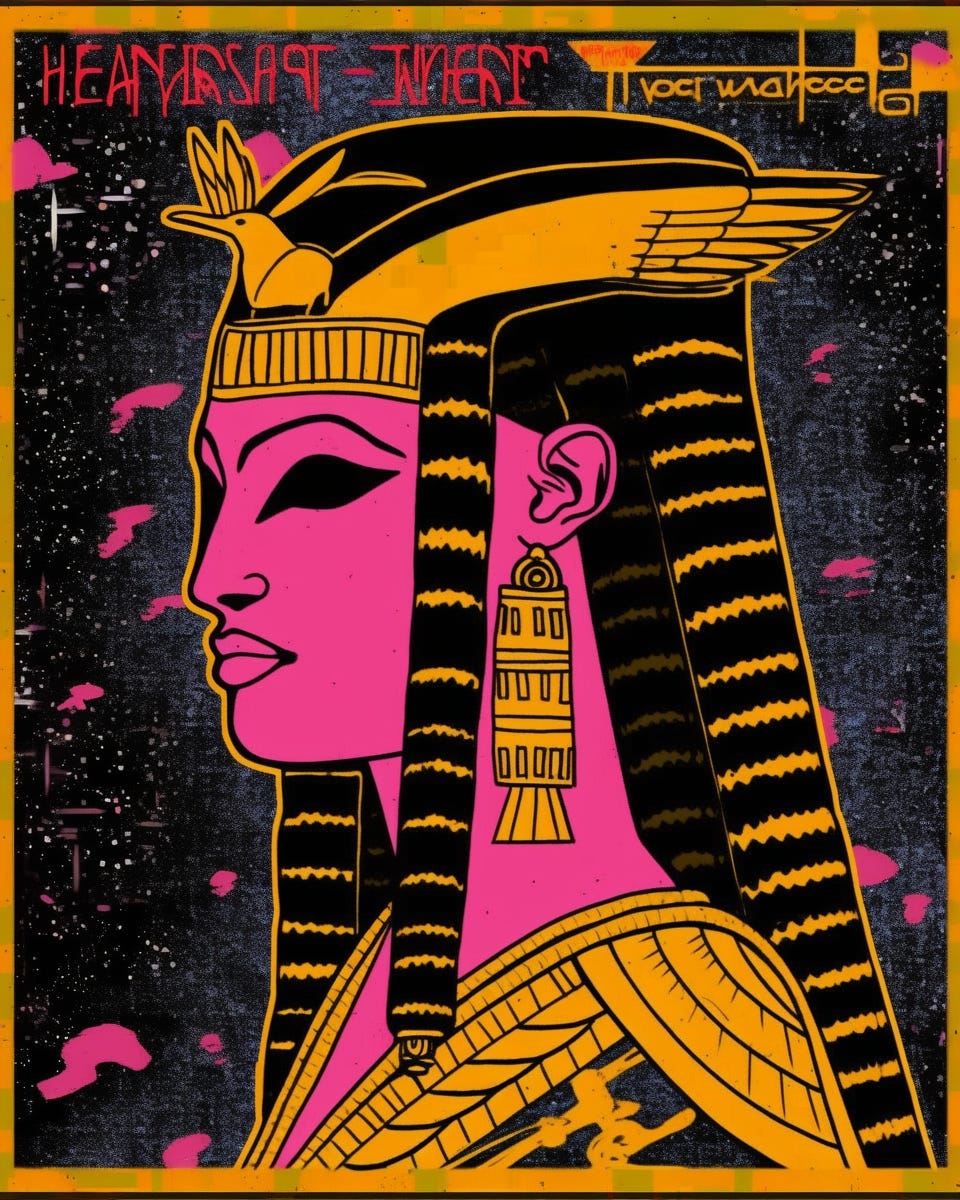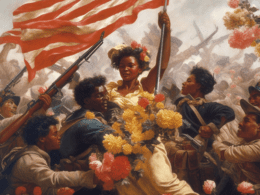
Part III – “Ancient Egypt and the Gifts of the Magi”
As peoples migrated and civilizations interacted through trade, conquest, and cultural exchange, several spiritual concepts and practices spread across regions. Kemet (Ancient Egypt), a major civilization, had extensive interactions with other cultures, enabling the dissemination of its religious ideas. Over centuries, as these ideas traveled and met with local beliefs and practices, they evolved and adapted, leading to a syncretism that blended different cultural elements. This process is evident in how similar themes like resurrection, divine judgment, and ethical living appear in various forms across different cultures and religions.
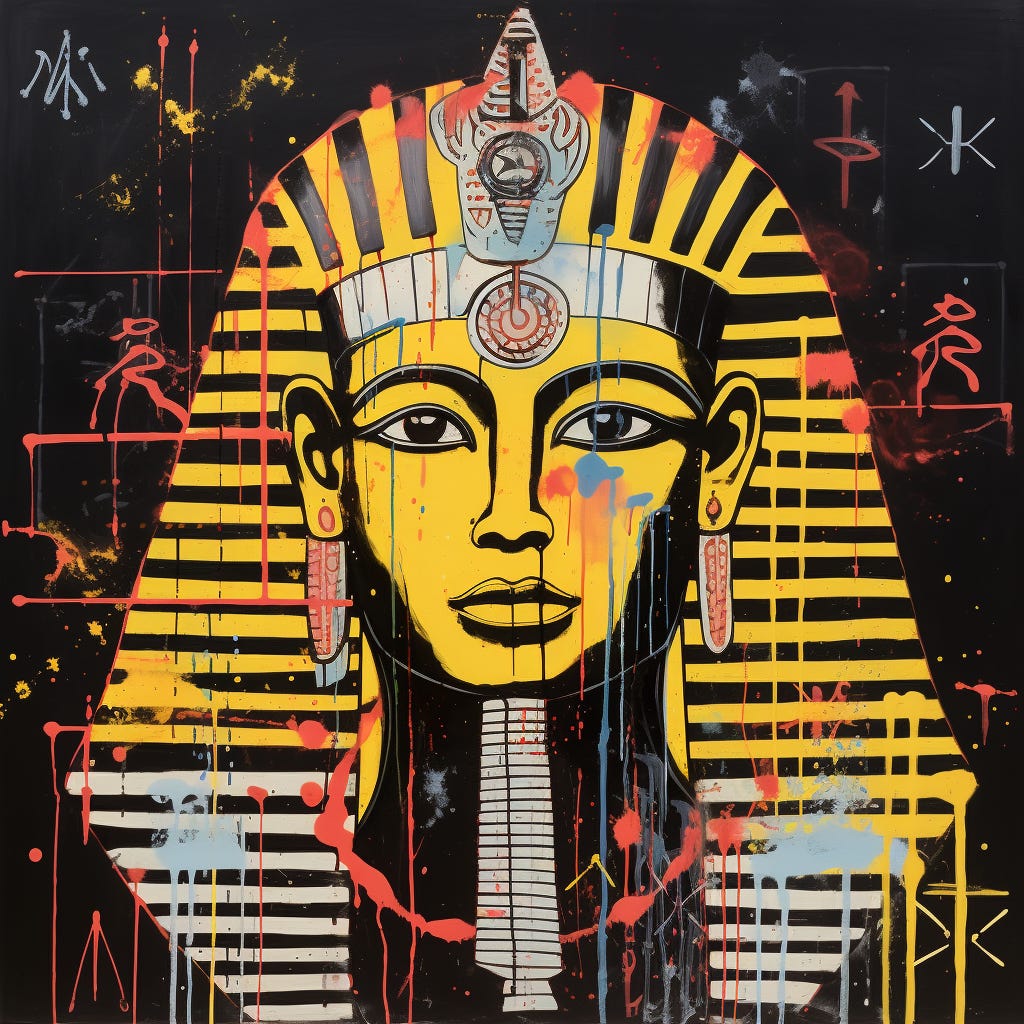
Egypt was known as Kemet until 525 BCE, nearly 500 years before the birth of Christ. Around this time, non-African rulers took control of Kemet, and it became known as Egypt under the Macedonians and Ptolemaic rulers. Much later, in 642 CE, over 500 years afterChrist, Egypt was invaded by Arab armies, establishing the Islamic-dominated region we know today.
For more context, Ancient Kemet dates back to 3100 BCE. The famous Great Pyramid at Giza was constructed around 2570 BCE – over 2,500 years before Christ and 3,000 years before the Arab invasion. Over one thousand years after the Great Pyramids were built lived Pharaoh Hatshepsut. This period, called “The New Kingdom,” began after the defeat of the Hyksos, and this is where today’s journey begins. Pharaoh Hatshepsut’s expedition, marked by a quest for treasures and deeper spiritual connections, mirrors the journey of the Three Wise Men in Christian lore.
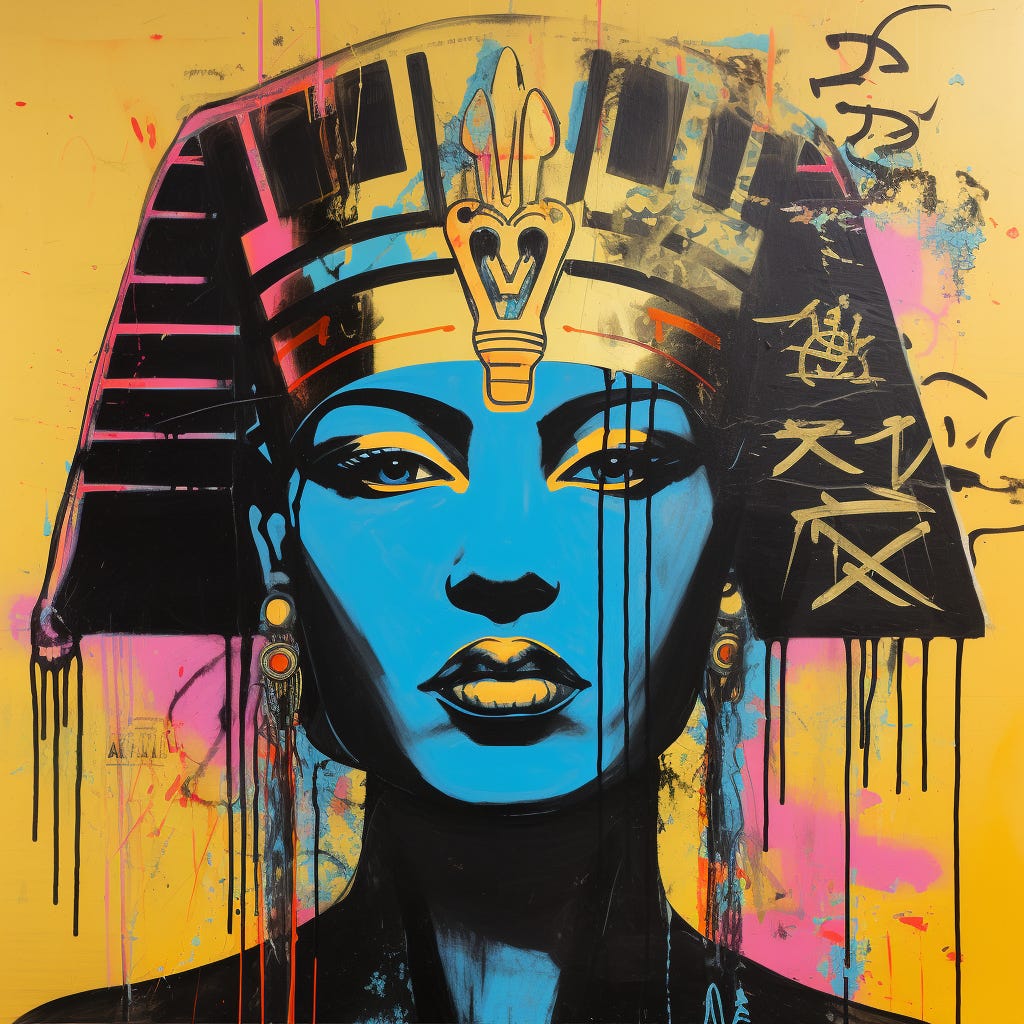
The journey of the Pharaoh, Queen Hatshepsut, to Punt, is a momentous event in Kemetic history, predating the birth of Christ by nearly 1,500 years. Punt was known as “Ta Netjeru,” meaning “Land of the Gods.” The gifts brought back from Punt – gold, frankincense, and myrrh – resemble the gifts of the Magi, symbolizing royalty, divinity, and death. This parallel is more than coincidental; it’s just one thread of many that connects ancient Egyptian beliefs with early Christian symbolism. Both narratives speak to a quest for enlightenment and divine favor, bridging the gap between the material and the spiritual.
The records of Hatshepsut’s expedition at Djeser-Djeseru provide vivid descriptions of Punt as a land abundant in gold, incense, ebony, ivory, and exotic animals, particularly myrrh trees, which were highly valued in ancient Egypt for their use in incense and perfumes. For a geographical understanding, Punt was located around the horn of Africa in what is now Ethiopia, Somalia, Eritrea, and Puntland.
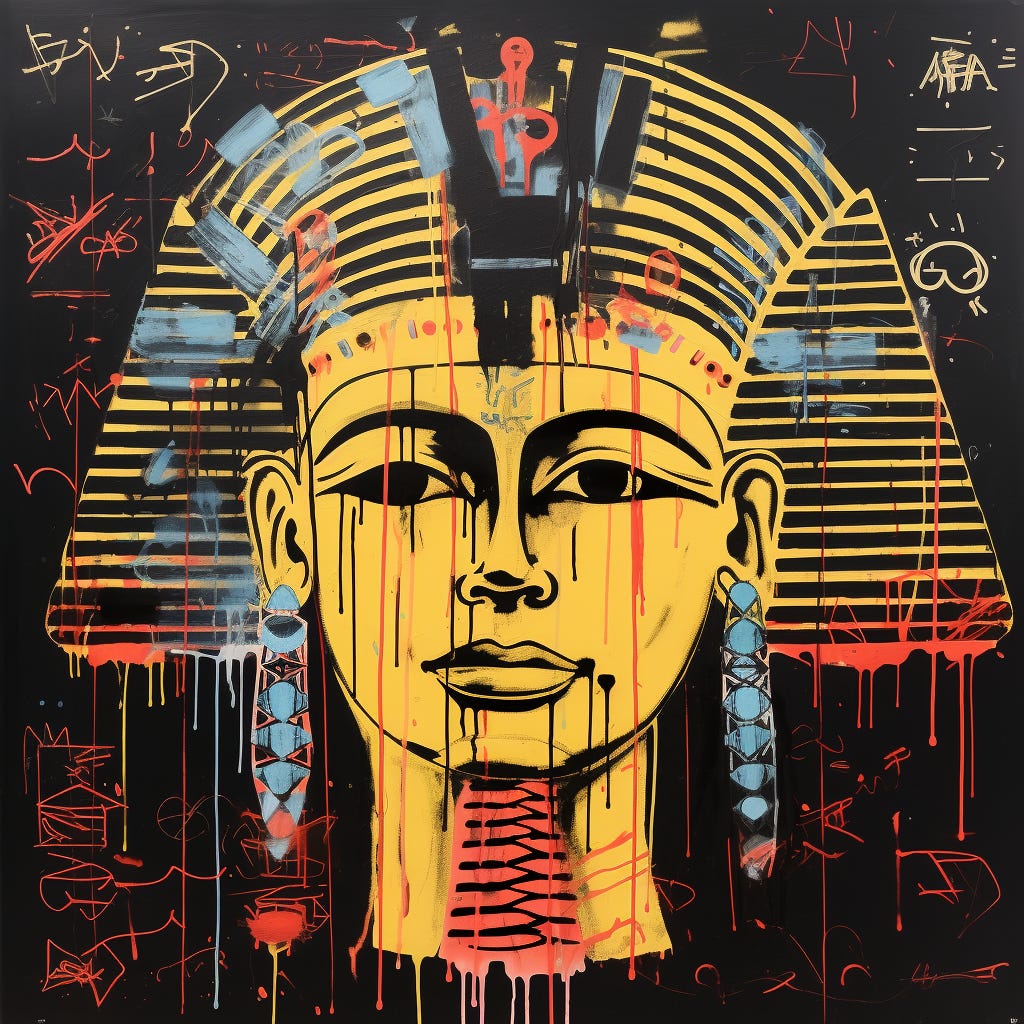
Our understanding of Punt primarily comes from Egyptian depictions, notably the prominence of the Queen of Punt in the records of Hatshepsut’s expedition at Djeser-Djeseru. Her depiction, alongside the King of Punt, suggests a society where women held significant power and status. This is further supported by her portrayal in trade and diplomatic activities, indicating her role was not merely ceremonial but integral to Punt’s governance and external affairs.
The association of Punt with the divine can be seen in the story of the Egyptian god Osiris, who was said to have visited Punt on his journey. The story of Osiris, a central figure in Egyptian mythology known for his death, resurrection, and role as a judge of the dead, presents intriguing parallels to many later religious figures, including Jesus Christ.
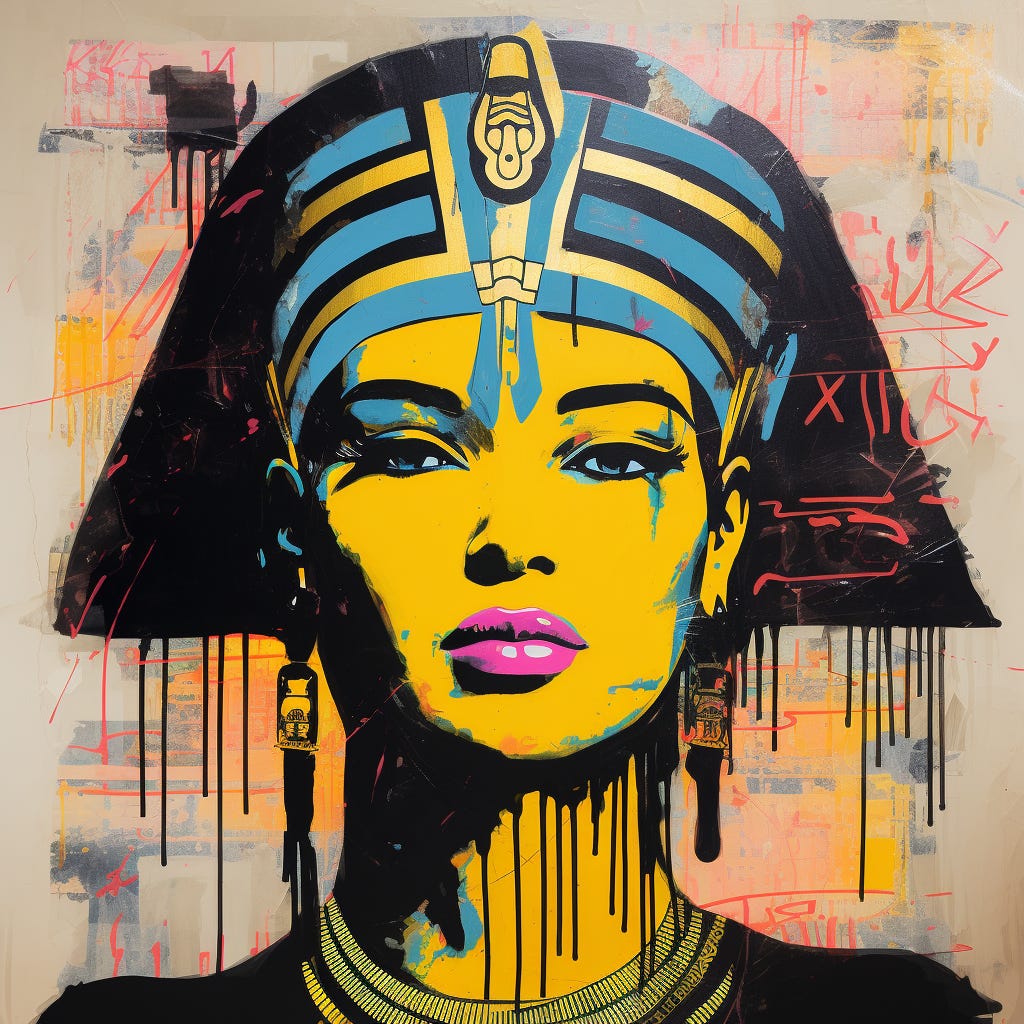
Kemet’s influence on the story of Christ doesn’t end there. The flight of Jesus and his family into Egypt is an event recorded in the New Testament of the Christian Bible, specifically in the Gospel of Matthew. This narrative, deeply imbued with symbolic and theological significance, is set in the early years of Jesus’ life. It is traditionally understood as a period of refuge and safety for them, away from the immediate danger posed by Herod’s decree. The choice of Egypt as a place of refuge is significant for several reasons. Historically, Egypt had long been a place of asylum for those fleeing dangers in the Near East, owing to its established cities, relative stability, and proximity to Palestine. Theologically, the flight to Egypt holds deep symbolism in Christian thought.
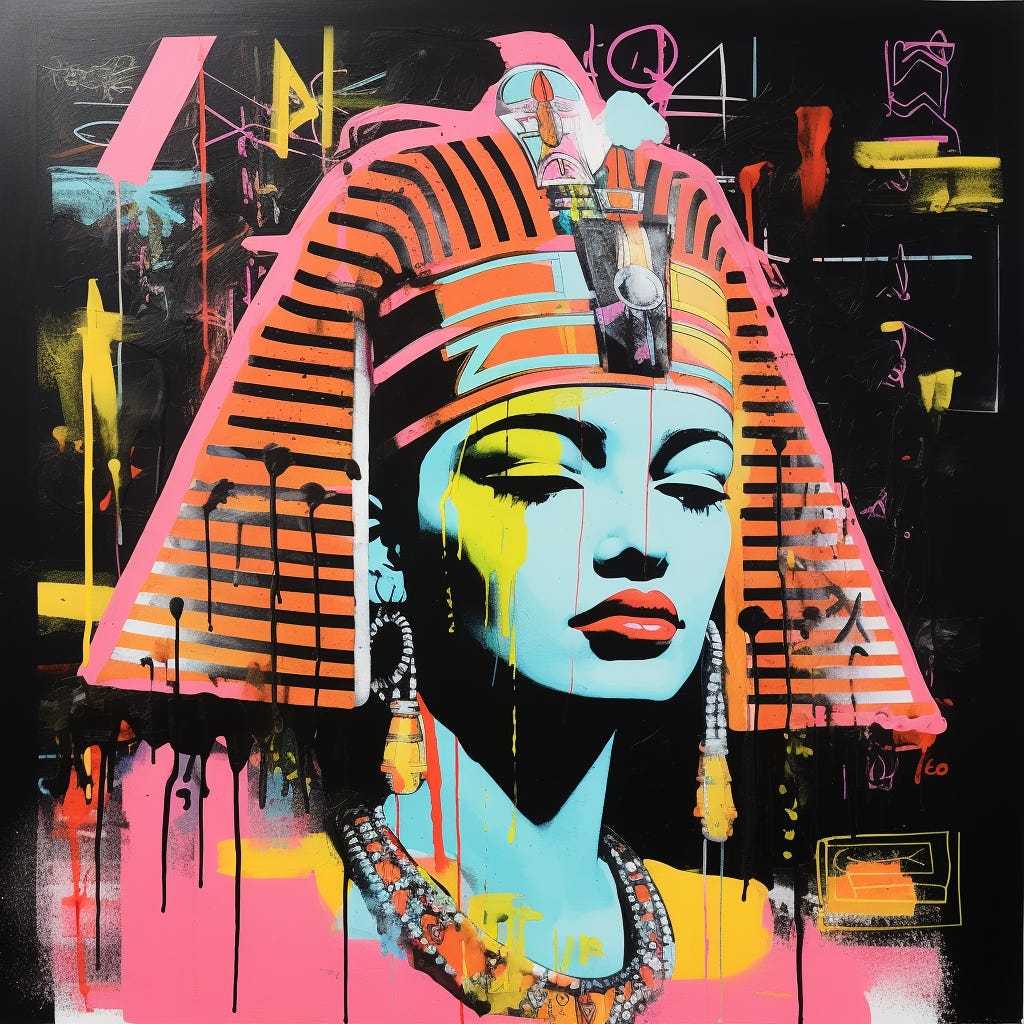
The flight to Egypt is seen as a fulfillment of Old Testament prophecies, which is a recurring theme in Christian theology. For instance, Matthew cites the prophet, Hosea, “Out of Egypt I called my son,” interpreting this as a prophecy about Jesus (Hosea 11:1). This connection underscores the belief in Jesus as the Messiah foretold in Jewish scriptures, coming from Egypt.
Lastly, Hatshepsut significantly bolstered Egypt’s wealth and international prestige. Her reign, characterized by peace, prosperity, and monumental building, laid the groundwork for the opulence and power that characterized Ramesses II’s time. Ramesses II is often thought to be the Pharaoh of the Exodus in the Hebrew Bible. While this identification is not definitively proven and remains a subject of scholarly debate, it adds a layer of complexity to the cultural interplay between Kemet and later Judeo-Christian narratives. The influence of Kemet during the era of Hatshepsut and later Ramesses II, was substantial, with Kemet being a major political, cultural, and economic force in the ancient world.

Africa, the cradle of humanity, is home to some of the world’s earliest-known cultures and spiritual practices. The beliefs and rituals of ancient African civilizations, including those in Punt and Kemet, significantly influenced the development of religious thought. These cultures contemplated the mysteries of life and death, the afterlife, the cosmos, and the divine, forming complex mythologies and religious practices. The parallels between the grandeur of Pharaoh Hatshepsut’s journey to Punt, the mystical traditions of Kemet, and the evolution of Christianity and Christmas are a testament to the enduring power of these ancient stories and symbols. They continue to resonate with us, offering wisdom and insight into the human experience.
